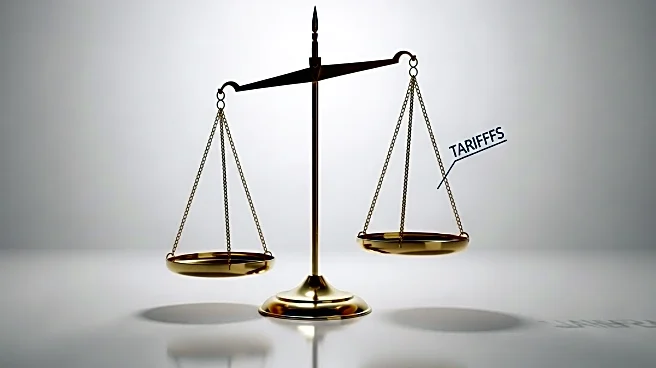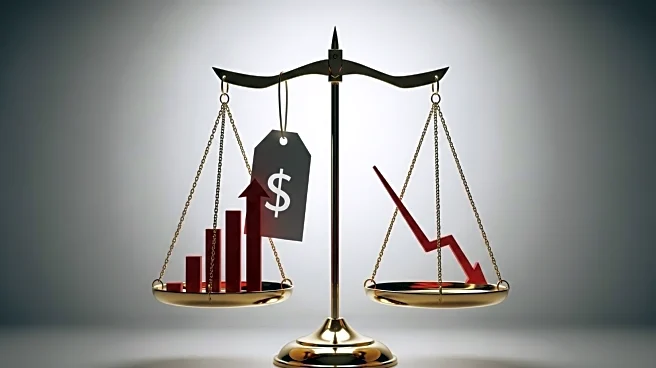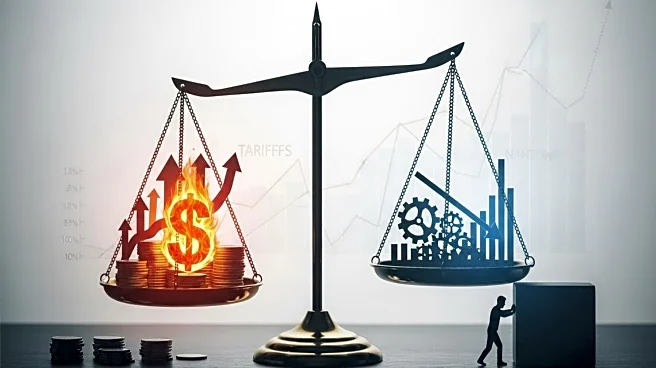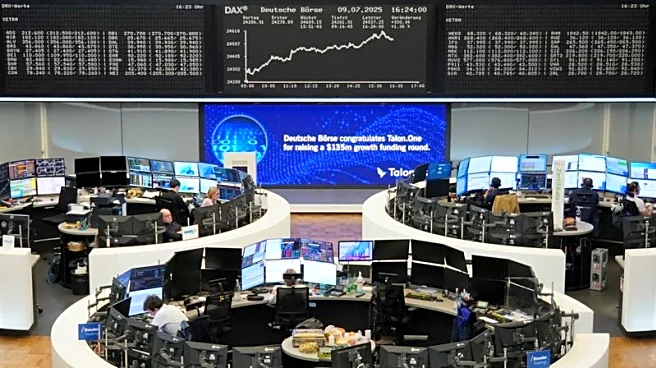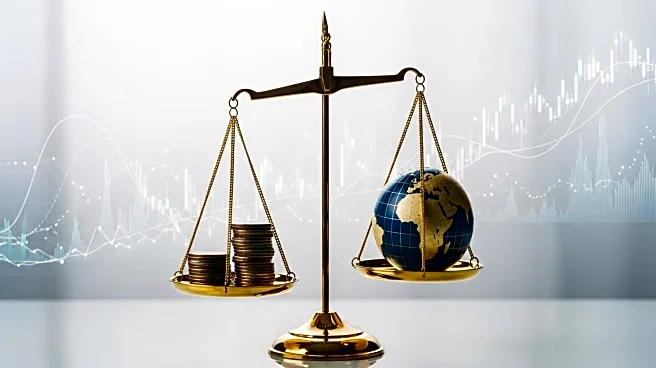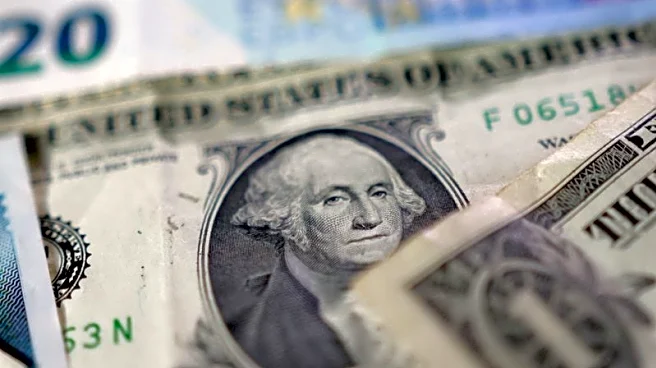What's Happening?
The core inflation rate in the U.S. increased to 2.9% in July, according to the Federal Reserve's preferred measure, the Personal Consumption Expenditures Price Index. This rise, up 0.1 percentage point from June, marks the highest annual rate since February. The increase aligns with expectations and reflects the impact of President Trump's tariffs on the economy. The Fed uses this index to forecast inflation trends, considering core inflation a better indicator as it excludes volatile food and energy prices. Despite the rise, markets anticipate the Fed will lower its benchmark interest rate next month, with Fed Governor Christopher Waller supporting a rate cut.
Why It's Important?
The rise in core inflation underscores the influence of tariffs on the U.S. economy, affecting consumer prices and spending. The Federal Reserve's potential interest rate cut could have broad implications for economic growth, influencing borrowing costs and financial markets. The inflation data highlights the challenges faced by policymakers in balancing inflation control with economic support. The report's alignment with expectations suggests that the Fed's focus may shift towards addressing labor market weaknesses, impacting future monetary policy decisions.
What's Next?
The Federal Reserve is expected to consider a rate cut in its upcoming meeting, with the size of the cut potentially influenced by labor market data. The ongoing impact of tariffs and the Fed's response will be closely watched by businesses, investors, and policymakers. The upcoming nonfarm payrolls report will provide further insights into labor market conditions, potentially shaping the Fed's policy decisions.
